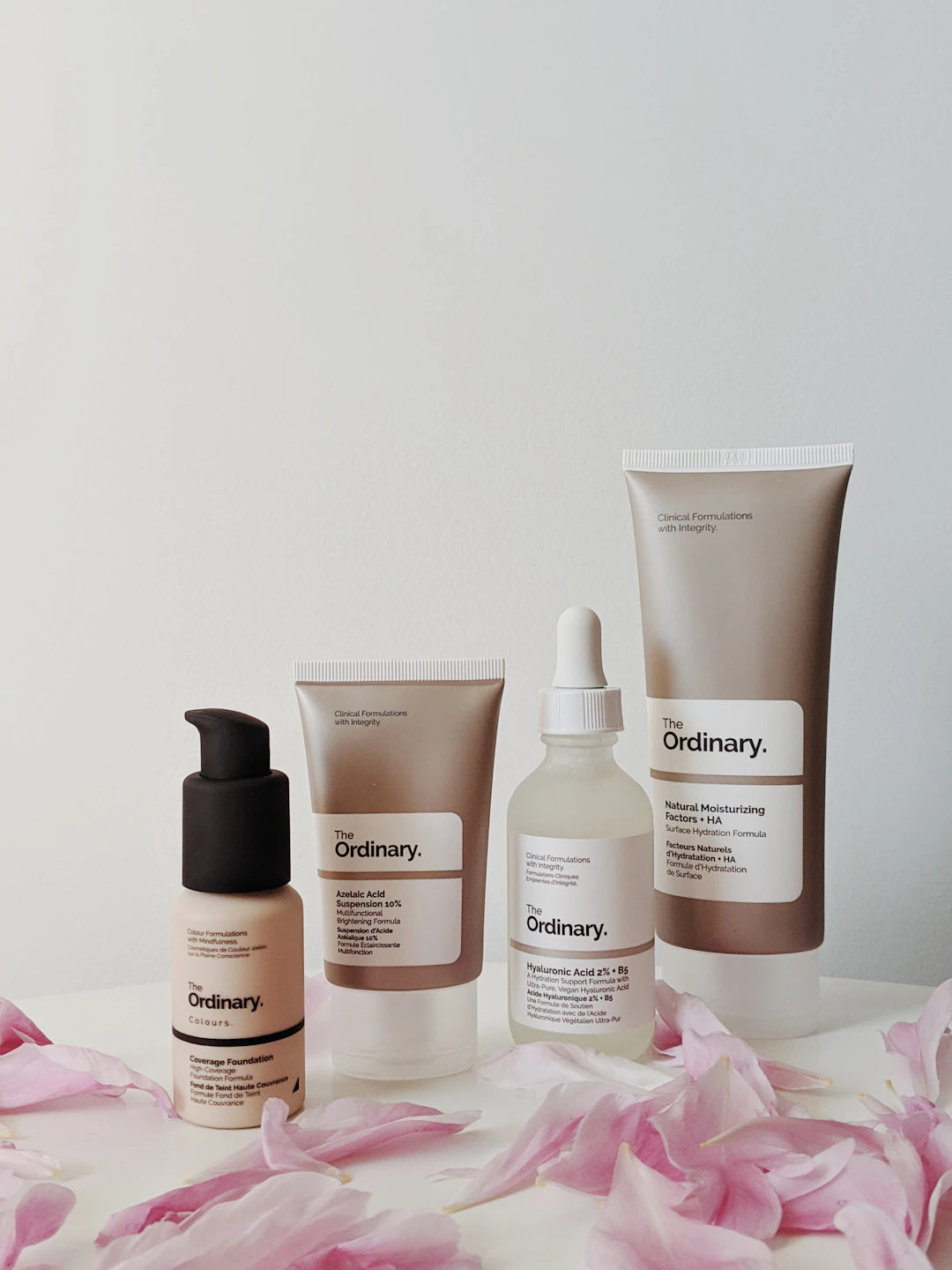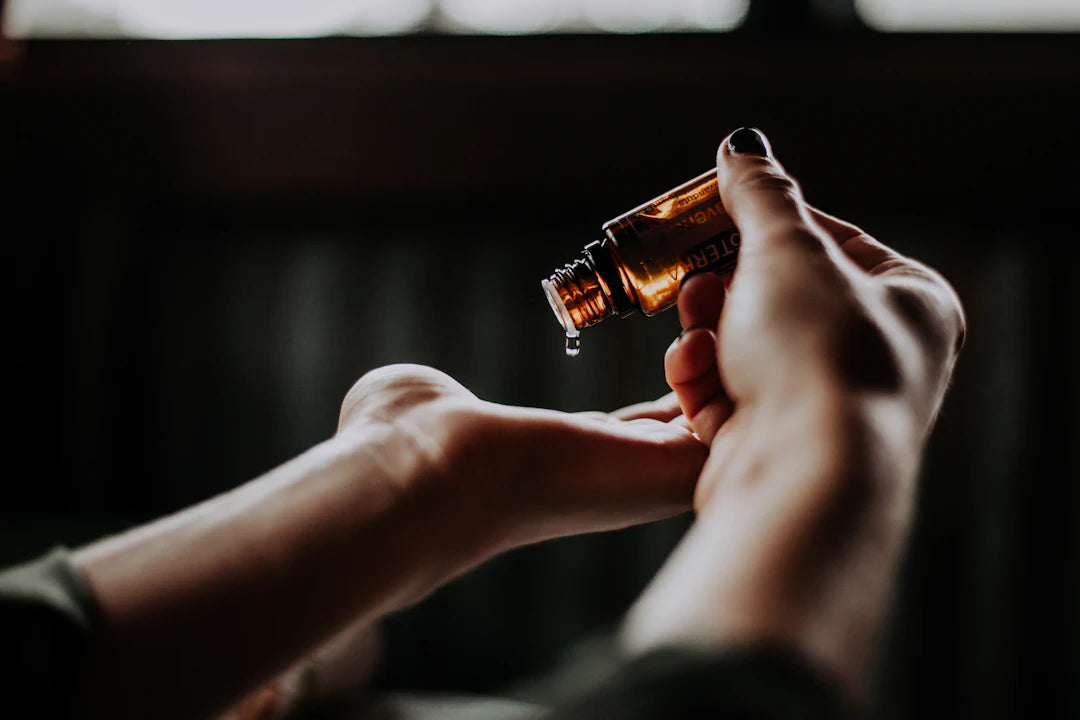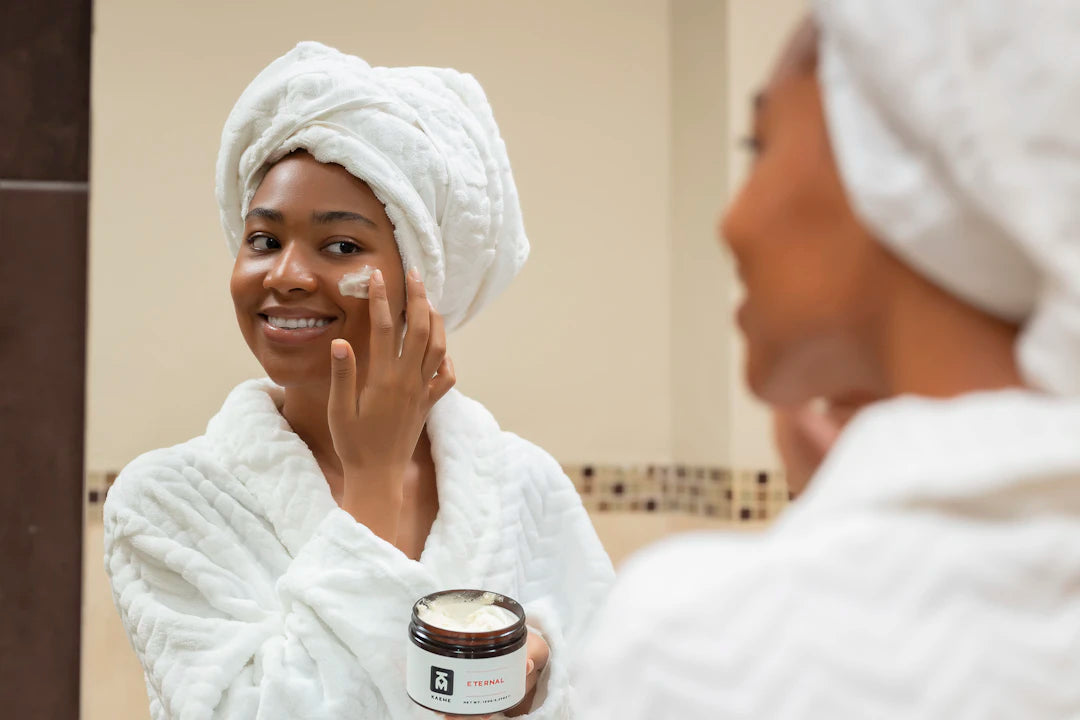Exfoliation 101: Your Ultimate Guide to Radiant Skin

Frequently Asked Questions
1. What is exfoliation?
2. Why is exfoliation important?
3. How often should you exfoliate?
4. What are the types of exfoliation?
5. What are some tips for effective exfoliation?
Exfoliation is a fundamental aspect of skin care that often gets overlooked in the hustle and bustle of daily life. For anyone looking to achieve and maintain a glowing complexion, understanding the importance of exfoliation, how often to do it, and the different methods available is essential. This blog post will guide you through the essentials of exfoliation, ensuring your skin shines through your _skin care routine_.
What is Exfoliation?
Exfoliation is the process of removing dead skin cells from the surface of your skin. The buildup of these cells can lead to a dull appearance, clogged pores, and even acne. By incorporating exfoliation into your _skin care routine_, you can enhance skin texture, even out skin tone, and allow for better absorption of serums and moisturizers.
Why is Exfoliation Important?
Unclogging Pores
Exfoliating helps to unclog pores, preventing breakouts. When your skin is free from dead cells, your pores are less likely to become blocked with debris and oil, which can lead to acne.
Stimulating Cell Renewal
Regular exfoliation encourages cell turnover, allowing fresh, healthy skin cells to rise to the surface. This process can help reduce the appearance of fine lines and wrinkles, giving your skin a more youthful look.
Increased Product Absorption
When you exfoliate regularly, you create a clean canvas for your skin. This means that any beneficial products, such as an _anti-seborrheic serum_ or moisturizer, can penetrate more deeply and effectively, giving you better results.
Enhanced Radiance
Exfoliated skin appears brighter and more radiant. By removing the dulling layer of dead skin cells, you reveal the fresh skin underneath, instantly brightening your complexion.
How Often Should You Exfoliate?
The frequency of exfoliation can vary based on a few factors, including your skin type, the method of exfoliation you choose, and your specific skin concerns. Here’s a breakdown:
For Oily Skin
If you have oily or acne-prone skin, you may benefit from exfoliating 2-3 times a week. This can help keep excess oil in check and prevent breakouts while allowing your skin to heal.
For Dry or Sensitive Skin
Those with dry or sensitive skin should exfoliate less frequently, about once a week. Using a gentle exfoliant will help remove dead skin without causing irritation or inflammation.
For Normal Skin
If your skin is normal, you can typically exfoliate 1-2 times a week. As with any _skin care routine_, monitor how your skin reacts and adjust accordingly.
Types of Exfoliation
There are two primary methods of exfoliation: physical and chemical. Understanding the differences between these methods is crucial in selecting the best fit for your skin.
Physical Exfoliation
This method involves using a scrub or tool, such as a brush or sponge, to manually slough off dead skin cells. While effective, it’s essential to use gentle pressure to avoid damaging your skin. Popular forms of physical exfoliation include:
- Exfoliating scrubs with gritty particles
- Facial brushes
- Exfoliating sponges or cloths
Chemical Exfoliation
Chemical exfoliation utilizes acidic compounds to dissolve dead skin cells and promote cell turnover. AHAs (alpha hydroxy acids) and BHAs (beta hydroxy acids) are commonly used for this method. Here’s how they differ:
- AHAs: Water-soluble acids that work on the skin's surface, ideal for dry and sun-damaged skin.
- BHAs: Oil-soluble, they penetrate deeper into pores, making them ideal for oily and acne-prone skin types.
Tips for Effective Exfoliation
To achieve the best results from your exfoliation routine, consider the following tips:
Choose Wisely
Select an exfoliator that matches your skin type and concerns. If you're unsure, consult a dermatologist to determine what might be best for you.
Patch Test New Products
Before introducing a new exfoliant, conduct a patch test to ensure that you won’t have an adverse reaction. Apply a small amount to a discreet area and monitor it for 24 hours.
Don’t Overdo It
More is not always better. Over-exfoliating can lead to irritation and damage to your skin barrier. Stick to the recommended frequency and be gentle.
Hydrate After Exfoliating
Always follow up your exfoliation with a hydrating serum or moisturizer. Your skin will be more receptive to products after exfoliation, making this a crucial step for recovery.
Use Sunscreen
Post-exfoliation, your skin is more vulnerable to sun damage. Applying a broad-spectrum sunscreen is essential to protect your newly revealed skin from harmful UV rays.
The Bottom Line: Unlock Your Skin’s Potential
Exfoliation can be a game-changer in your _skin care routine_. Whether you choose physical or chemical methods, understanding how often to exfoliate based on your skin type will help you achieve a luminous, healthy complexion. Remember to listen to your skin and adjust your exfoliation routine as necessary. With the right approach, you’ll unlock your skin’s full potential, leaving it glowing and fresh for days on end. Start today, and embrace the radiant skin you deserve!


